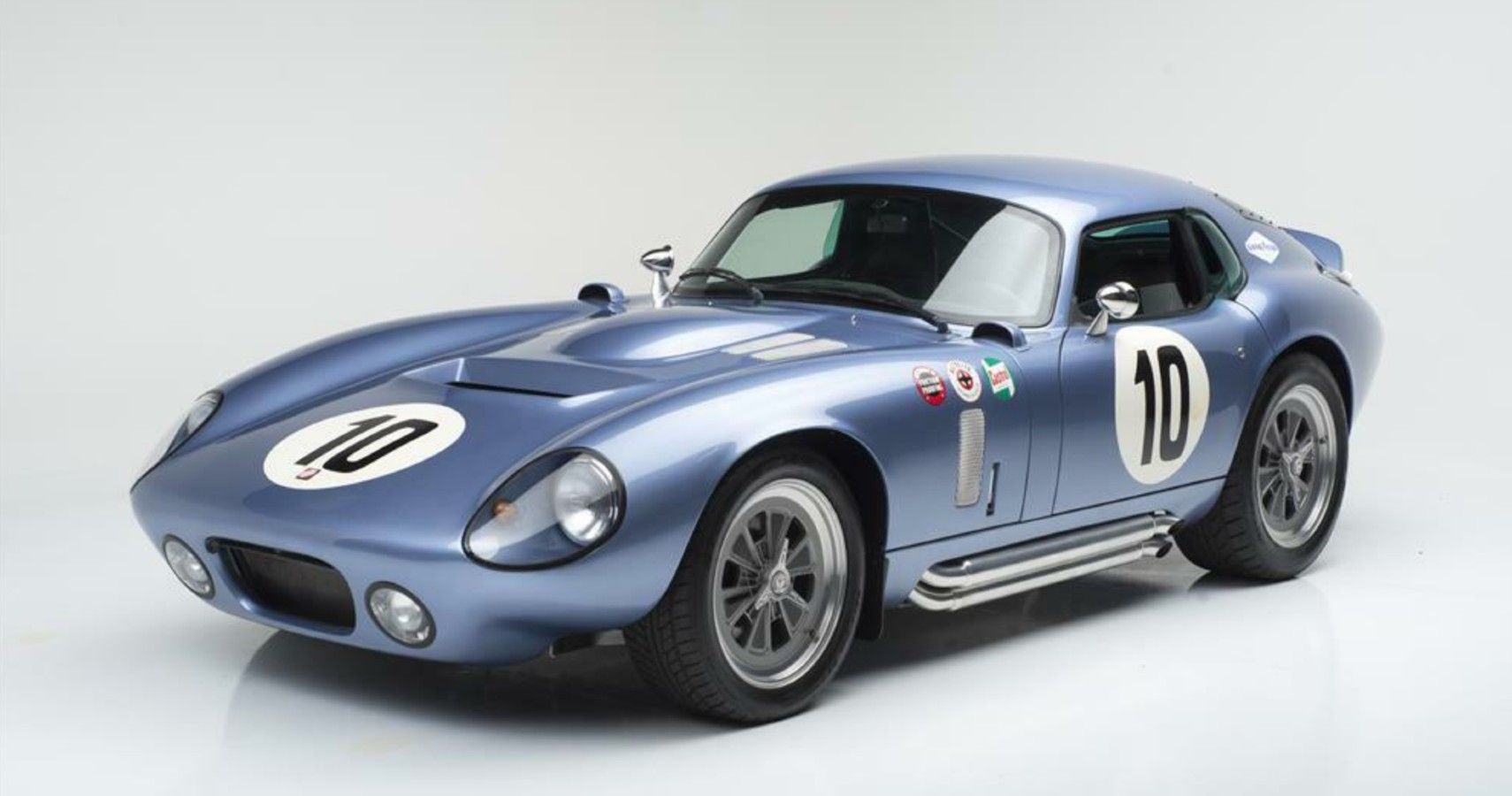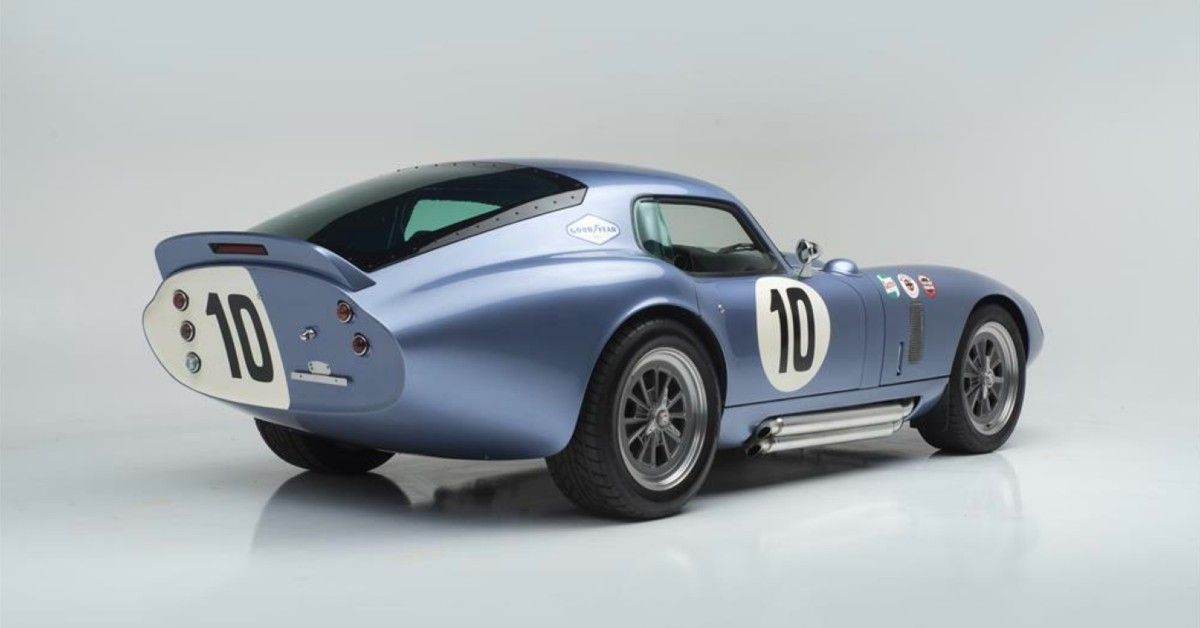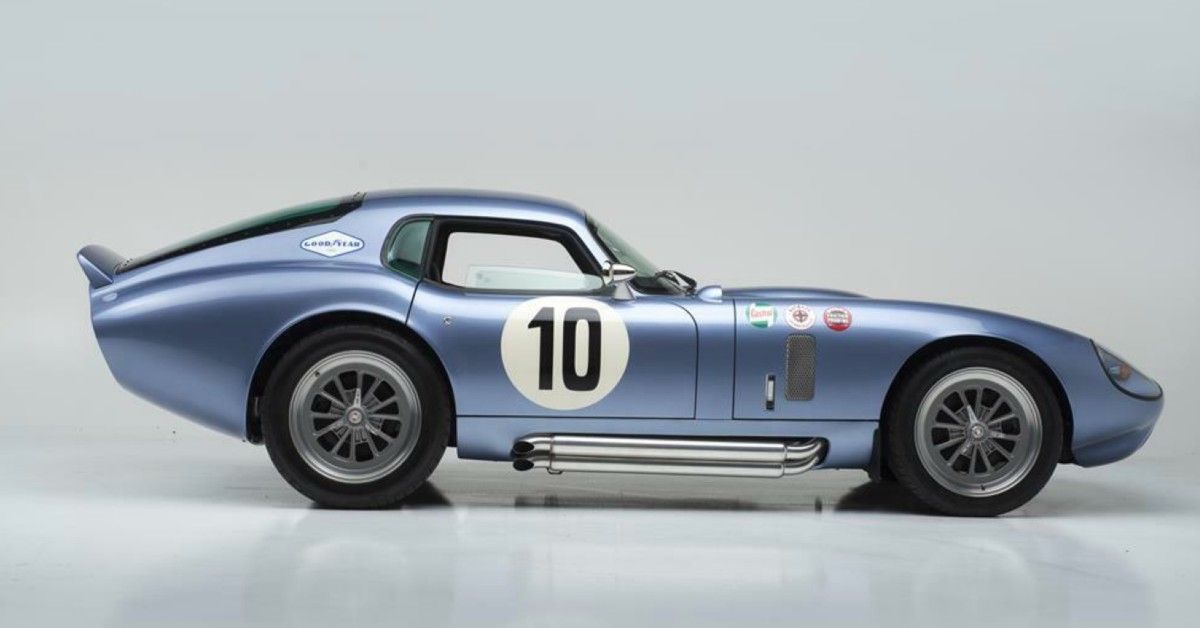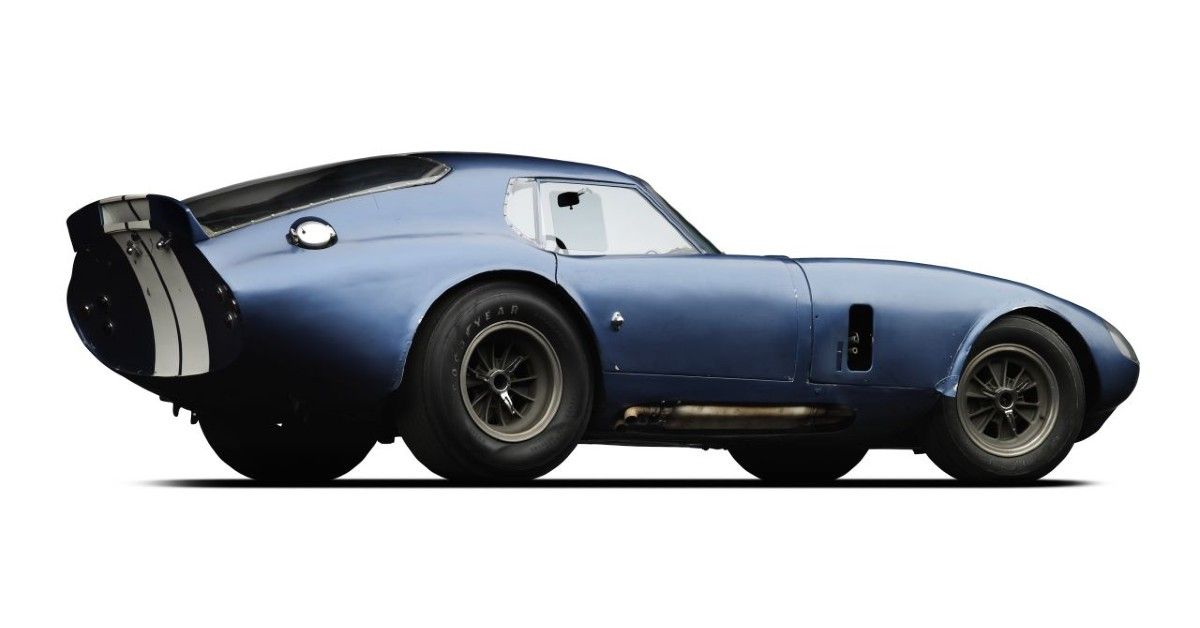The king cobra is the world’s largest venomous snake. You won’t want to meet one on a mission to establish its top position in the food chain. The cobra illustrates the quest of legendary American race car driver and performance car builder Carroll Shelby. In 1963, Carroll's Shelby Cobra roadster established its leading position in America by exterminating the Corvette on the short tracks.
Shelby tried to replicate that supremacy overseas when he took a specially prepared hardtop version of the Cobra to Europe's Le Mans, but the Italian Ferrari GTO models taught the Cobra a bit of humility when Carroll's Cobra placed fourth in its class behind the prancing horses. To Carroll, beating Enzo Ferrari as a race driver aboard the British-made Aston Martin DBR1 to snatch the prestigious FIA World Sportscar Championship in 1959 isn't the same as achieving victory as a constructor of American cars.
Thus, placing fourth behind the Italian GTOs was simply unacceptable, even though it outclassed the Corvettes, Lolas, Porsches, and Alfa Romeos. And so, Carroll returned to America to develop the perfect track weapon to dispatch the dominating Ferraris to the great beyond. At long last, Carroll Shelby had that weapon ready, a hand-made sports car based on the Cobra. Its name – the Daytona Coupe.
The Shelby Cobra Daytona Coupe: A Car With A Mission
The Shelby Daytona Coupe got built with a single-minded mission – American conquest. Carroll didn’t have to start from scratch. He already had a track warrior with the AC/Shelby Cobra roadster. The American automotive designer Peter Elbert Brock (commonly known as Pete Brock) convinced Shelby that he could give the Cobra a much-needed redesign, including a closed cockpit to enhance aerodynamics, to fulfill its mission.
By the time Pete was through reshaping the 289 Cobra roadster, it gained a much lower center of gravity and less drag. When they took the prototype for early test runs at Riverside in October 1963, the aero-enhanced serpent tapped out at an impressive 186 mph, roughly 20 mph more than the 286 Cobra. Brock was right; age-old aerodynamics, not conventional design, was what the Cobra needed to dominate the legendary three-mile Mulsanne straight at Le Mans, the "Superbowl" of racing.
For those coming late to class, the Shelby Cobra Daytona Coupe (or just Shelby Daytona Coupe) is an all-American sports car loosely based on the British-born Shelby Cobra roadster. You wouldn’t be wrong to call the Daytona Coupe an evolutionary model of the Cobra. By now, you already know this coupe was purpose-built for racing, specifically to defeat Ferrari’s champion in the GT class – the Ferrari 250 GTO.
Maybe they would’ve built more examples had Shelby not got reassigned to Ford’s 24 Hours of Le Mans GT40 project. As it stands, just six of the race-bred Daytonas got built in two years between 1964 and 1965.
You could say the assignment was all the same to Shelby as long as it involved crippling the Prancing Horse’s thoroughbreds, but not before the Daytona Coupe had returned the lessons on humility, making Carroll Shelby the first American constructor to win a title on the international scene in the FIA International Championship for GT Manufacturers in 1965.
The Shelby Daytona Racing History
From 1964, Shelby wet the blade by entering all six Daytona Coupes in numerous GT Division III races such as the RAC Tourist Trophy, 12 Hours of Sebring, Italian Grand Prix at Monza, 24 Hours of Le Mans, and the 24 Hours of Daytona via the Ford-affiliated British motor racing team Alan Mann Racing. He also sold or leased the Daytonas to racing teams like France’s Tri-Colore and Switzerland’s Scuderia Filipinetti.
These were typically races for engine displacements over 2,000 cc, from 500, 1,000, and 2,000-km races to 12 and 24-hour races such as the Daytona, Sebring, Tour de France, Nürburgring, Goodwood Circuit, Monza, Imola, and Le Mans. Shelby’s Daytonas placed second (by six points) in the GT III class in the 1964 International Championship for GT Manufacturers. By its second year of competition, the Daytona Coupes won the 1965 GT III class by 19 points.
The Original 1964 Shelby Cobra Daytona Coupe
The first Daytona Coupe with chassis CSX2287 was hand-made at Carroll's Shelby American shop in Venice, California, while the remaining five got built right under Enzo’s nose at Carrozzeria Gransport in Modena, Italy. These do not include the 427 "Type 65" Daytona Super Coupe that never got completed.
There was also what should’ve been a one-off, purpose-built Daytona to race the 1964 24 Hours of Le Mans. Reportedly, Carroll lied about this special Daytona with chassis CSX2286, saying it had an accident en route to the Le Mans, whereas the truth is chassis CSX2286 never reached completion.
So, the first Shelby Cobra Daytona Coupe with chassis CSX2287 is the original Daytona Coupe and the only one of the Shelby Daytonas entirely built at Carroll’s Shelby American facility in California, with racing driver Ken Miles, fabricator John Ohlsen, and designer Pete Brock as the project’s original team members.
Pete redesigned the body for improved aerodynamics using German engineering templates, the original copy thought lost to the Second World War but miraculously found stashed in the archives store at Ford. The rest of the gang at Shelby American didn’t like Pete’s design at first, but eventually came around after the prototype showed impressive results during early tests.
As Brock remembered it, “In spite of all the internal dissension, Ohlsen, Miles, and I persevered. We led a small group of shop converts into building our first Daytona Coupe in 90 days!”
If chassis CSX2287 Daytona Coupe Original could speak, it will have plenty of war stories to tell, ranging from its groundbreaking exploits at Daytona and the Sebring to the Reims, Spa-Francorchamps, Oulton Park, Le Mans, Tour de France, and Bonneville Salt Flats.
Yes, the Bonneville Salt Flats because after beating Enzo Ferrari to win the 1965 championship, the original Daytona took semi-retirement from racing but returned to the Bonneville Salt Flats on November 6, 1965, to race against the clock and prove it still had plenty of speed in its reservoir – and make history while at it. Jim Russell of Russkits bought the car for $4,500 thereafter.
The Original’s retirement journey passed through a bodyguard, who gifted the car to a daughter wise enough to put it in storage and agreed to never sell it to anyone, not even Carroll Shelby himself, until 2001 when car collector Martin Eyears paid a reported $4 million for it – $4 million and plenty of persuasion with the help of a lawyer. The car now sits at the Simeone Foundation Automotive Museum in Philadelphia.
Sources: CNN Style, Wikipedia




